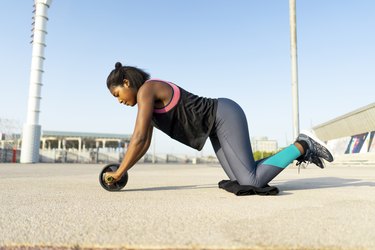
Your core is aptly named: It's at the core of every move you make. When you walk, run, stand, twist, bend over, reach to the side or lift weights, the muscles in your abdomen initiate and stabilize the movement.
And yet core workouts are often reduced to what they can do to help you sculpt six-pack abs. (Not that there's anything wrong with wanting those muscles to pop, but there's just so much more to your midsection beyond imitating a washboard.)
So let's take some time to appreciate the unsung hero of your ab workouts. Below, discover the muscles that make up your core, how to tell if they're weak and the best workouts and stretches to target the area.
First Off, What Is Your Core, Exactly?

Your core includes all the muscles of your trunk — from your chest and upper back to your glutes and lower back.
"It's layers of deep muscles that help support your pelvis, spine, butt, back, hips and stomach," Katie Dunlop, CPT, tells LIVESTRONG.com, adding that your core muscles are responsible for keeping your posture tall and allowing you to move.
When your core is weak, it can lead to poor posture (or pain when trying to correct it), back pain you can't pin to a specific activity and balance issues, Dunlop says. Knowing the muscles of your core can help you identify your problem — and incorporate the best core exercises into your workout routine.
Learn more about all the muscles that make up your core in addition to your abs.
Why Should You Care About Having a Strong Core?
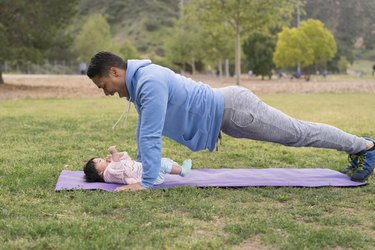
If you haven't caught the gist by now, having a solid midsection is incredibly important for pain-free functional movements.
Your core keeps your spine stable and protected, which allows and helps the body to do everyday tasks like lifting heavy bags or picking up your dogs and kiddos, says Bethany Lyons, founder of Lyons Den Power Yoga.
And for those struggling with back pain (about 80 percent of Americans, according to the American Chiropractic Association), developing core strength can provide much-needed relief. A 2015 study from the Journal of Back and Musculoskeletal Rehabilitation found exercises that target your trunk helped patients with chronic low back pain manage their symptoms.
Here are even more incredible benefits of having a strong core.
How Do You Stretch Your Core Muscles?
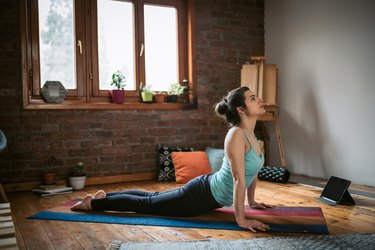
"Your core contains some of the hardest-working muscles in the entire body [that] are often overlooked when it comes to stretching," Lyons says. But stretching those overworked muscles is crucial, she adds, for posture, mobility, flexibility and for decreasing your risk of pain and injury.
While you might be able to loosen up other body parts with a single stretch, you can't rely on just one movement to keep your core limber because it contains several different muscles.
Opposing stretches — like Child's Pose and Upward Facing Dog — ensure that you're not overlooking any core muscles by working the front and back of your body.
Try these six core stretches that will make your abs feel amazing.
What's the Best Workout to Target Your Core?
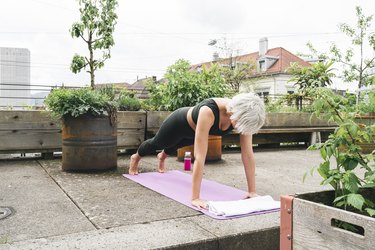
"You should do something that strengthens your core every single day," says Nike master trainer Alex Silver-Fagan. "Since the core supports every other part of the body and stabilizes your spine, it's important you give it a lot of attention."
That doesn't mean you're doing intense or high-impact moves every day, however. Silver-Fagan suggests choosing four or five exercises (forearm planks, side planks, dead bugs and bird dogs are some of the best), doing each of them for 45 to 60 seconds with a 30- to 60-second rest in between and completing 2 to 3 sets total.
Customize your own core workout routine that hits every muscle in your midsection.
What About Ab-Specific Exercises?
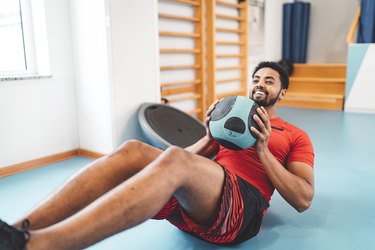
Back in 2001, the American Council on Exercise (ACE) published definitive research answering the question, "What's the best ab exercise?" The group ranked 13 of the most common moves and found that bicycle crunches created the most activation of the rectus abdominis (those six-pack muscles).
Third place belonged to stability ball crunches. Incorporating this tool into your workouts has benefits for your whole core by targeting the entire functionality of the trunk, including rounding and arching your back, side-bending and rotating, according to the ACE.
But there's more to a flat belly than doing endless reps of ab exercises. You'll need the total core-strengthening benefits from the exercises above, full-body strength-training exercises (because they also recruit your abs), cardio workouts and a healthy diet to reduce body fat and show off those chiseled abs.
Check out the science behind the most effective ab workouts.